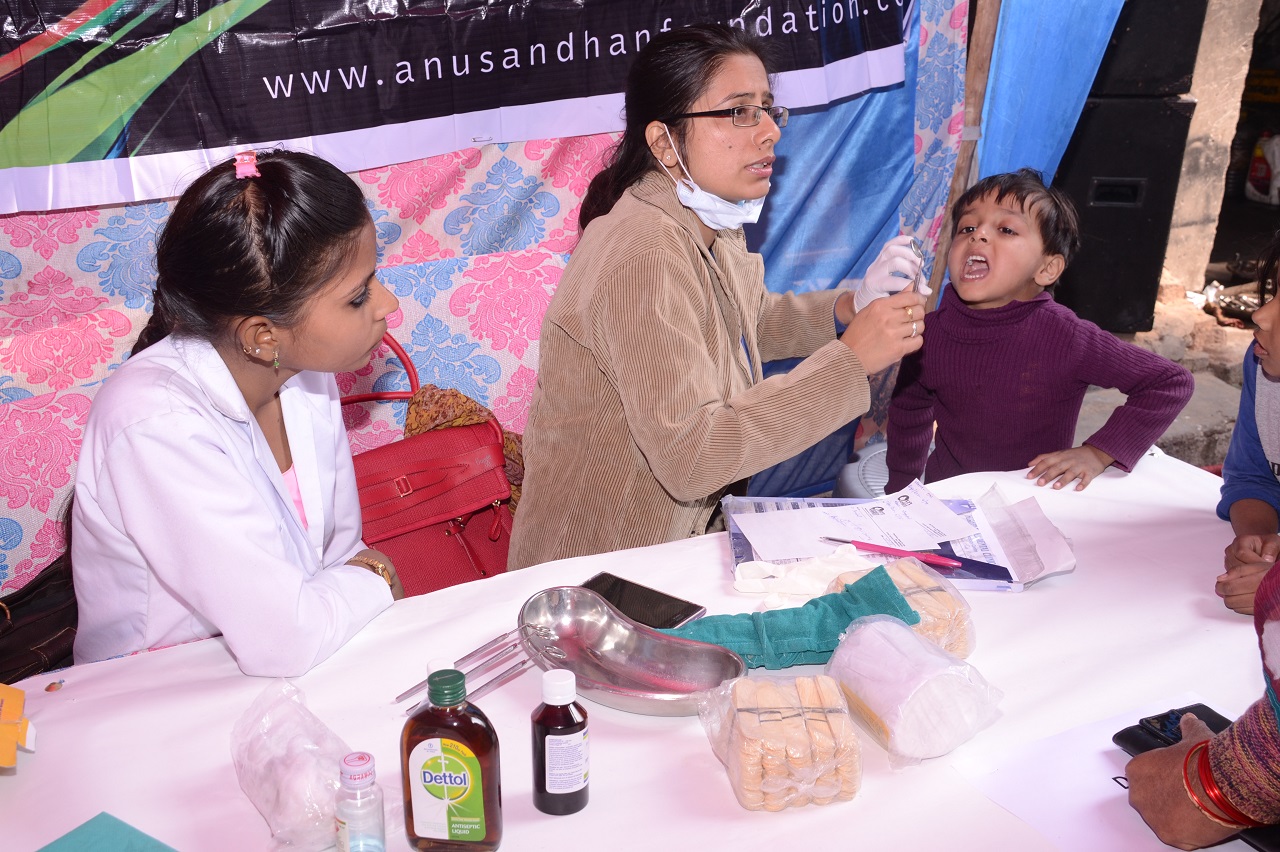REALITY OF HEALTHCARE IN RURAL AREA:
Rural Health care is one of biggest challenges facing the Health Ministry of India. With more than 70 percent population living in rural areas and low level of health facilities, mortality rates due to diseases are on a high.
Healthcare is the right of every individual but lack of quality infrastructure, dearth of qualified medical functionaries, and non- access to basic medicines and medical facilities thwarts its reach to 60% of population in India. A majority of 700 million people lives in rural areas where the condition of medical facilities is deplorable. Considering the picture of grim facts there is a dire need of new practices and procedures to ensure that quality and timely healthcare reaches the deprived corners of the Indian villages. Though a lot of policies and programs are being run by the Government but the success and effectiveness of these programs is questionable due to gaps in the implementation. In rural India, where the number of Primary health care centers (PHCs) is limited, 8% of the centers do not have doctors or medical staff, 39% do not have lab technicians and 18% PHCs do not even have a pharmacist.
India also accounts for the largest number of maternity deaths. A majority of these are in rural areas where maternal health care is poor. Even in private sector, health care is often confined to family planning and antenatal care and do not extend to more critical services like labor and delivery, where proper medical care can save life in the case of complications.
THE PROBLEMS:
Due to non accessibility to public health care and low quality of health care services, a majority of people in India turn to the local private health sector as their first choice of care. If we look at the health landscape of India 92 percent of health care visits are to private providers of which 70 percent is urban population. However, private health care is expensive, often unregulated and variable in quality. Besides being unreliable for the illiterate, it is also unaffordable by low income rural folks.
To control the spread of diseases and reduce the growing rates of mortality due to lack of adequate health facilities, special attention needs to be given to the health care in rural areas. The key challenges in the healthcare sector are low quality of care, poor accountability, lack of awareness, and limited access to facilities.
Various organizations are coming together for improvements in health care and technology plays a crucial role to facilitate this. Information and communications Technology provides hosts of solutions for successful implementation of these changes.

